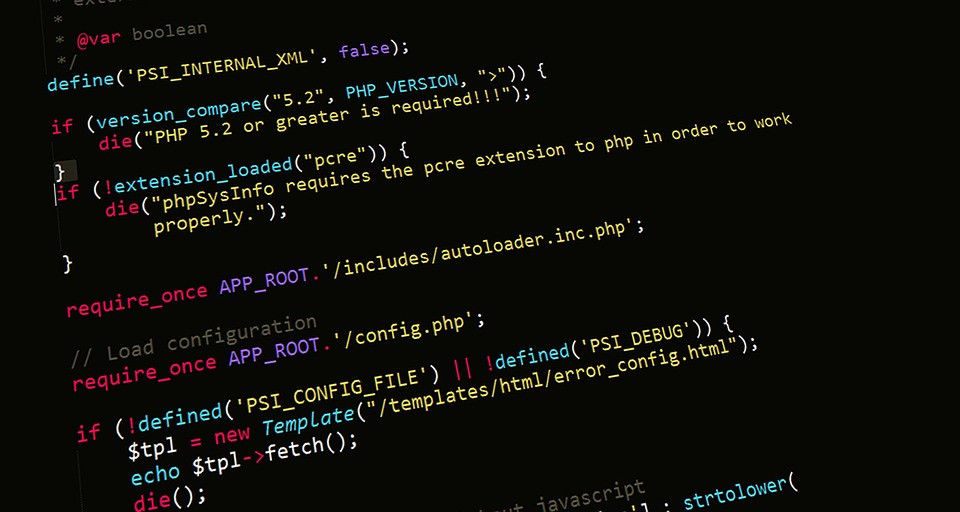From Code to Canvas: Exploring the Power of Visual Programming Tools
In an age where digital transformation is accelerating at an unprecedented pace, traditional coding techniques are facing a significant evolution. Enter visual programming tools and the rise of low-code and no-code platforms—an exciting shift that’s democratizing the world of software development. With platforms like Bubble and Webflow, the process of creating functional web applications is no longer confined to the realm of seasoned developers. Instead, it has become an accessible journey for anyone with a vision.
The Rise of Low-Code/No-Code Platforms
Low-code and no-code platforms are changing the landscape of software development. They provide user-friendly interfaces, often featuring drag-and-drop components, pre-built templates, and intuitive visual workflows. This shift is significant for several reasons:
-
Speeding Up Development: Traditional development can be time-consuming. With low-code/no-code platforms, developers can dramatically shorten build times. By eliminating the need for extensive coding, teams can focus on what truly matters: designing and refining the user experience. This acceleration enables businesses to bring their products to market faster and respond to changing demands swiftly.
-
Empowering Non-Developers: One of the most remarkable aspects of these platforms is their inclusivity. Entrepreneurs, marketers, and designers—often referred to as "citizen developers"—can now craft sophisticated applications without writing a single line of code. This empowerment leads to a surge in innovation, as individuals with diverse backgrounds can explore their creative potential without technical barriers.
-
Cost-Effectiveness: For startups and small businesses, the financial implications of hiring a full development team can be daunting. Low-code/no-code platforms significantly reduce the need for expensive development resources. Moreover, businesses can allocate their budget to other critical areas such as marketing and customer support.
- Flexibility and Scalability: As your business evolves, so do your needs. Low-code/no-code platforms offer modular components that can be easily adjusted or expanded. Whether you’re looking to add features, modify existing ones, or integrate third-party services, these platforms provide the flexibility to adapt quickly without significant downtime or additional costs.
Spotlight on Bubble and Webflow
Among the many tools available in the low-code/no-code space, Bubble and Webflow stand out for their unique capabilities.
Bubble: Bubble is a comprehensive platform for building interactive, multi-user apps for desktop and mobile browsers. Designed to enable users to build web applications entirely visually, Bubble allows for extensive customization and functionality—going beyond basic website creation. Users can create sophisticated workflows, manage databases, and even implement business logic without writing code. This accessibility has made Bubble a favorite among startups and entrepreneurs who need robust applications swiftly.
Webflow: On the other hand, Webflow specializes in empowering users to design responsive websites visually. With a focus on web design and front-end development, Webflow translates user-designed mockups into clean, production-ready HTML, CSS, and JavaScript. This means designers can craft pixel-perfect websites without compromising on code quality. Moreover, Webflow’s CMS functionality allows users to manage dynamic content effortlessly, making it an excellent choice for blogs and portfolio sites.
The Impact of Visual Programming Tools
The rise of visual programming tools is not merely a trend; it reflects a fundamental shift in how we think about software development. With technical barriers lowered, collaboration between teams can flourish. Designers can work hand-in-hand with developers (if needed), marketers can set up automated workflows, and product managers can prototype ideas in hours instead of weeks.
Furthermore, these platforms evolve continuously, with regular updates and feature enhancements based on user feedback. This community-driven development ensures that the tools remain current and relevant, catering to the ever-changing digital landscape.
Conclusion
The transformation from code to canvas is reshaping the realm of application development, fostering a culture of innovation and inclusivity. Low-code/no-code platforms like Bubble and Webflow are making it easier than ever for non-developers to bring their ideas to life.
As we look toward the future, it’s clear: the power of visual programming tools will continue to expand, unlocking creative possibilities and paving the way for a new generation of innovators. Whether you’re an aspiring entrepreneur or an established business looking to streamline processes, embracing these tools may be the next step in your digital journey. The canvas is wide open—what will you create?



